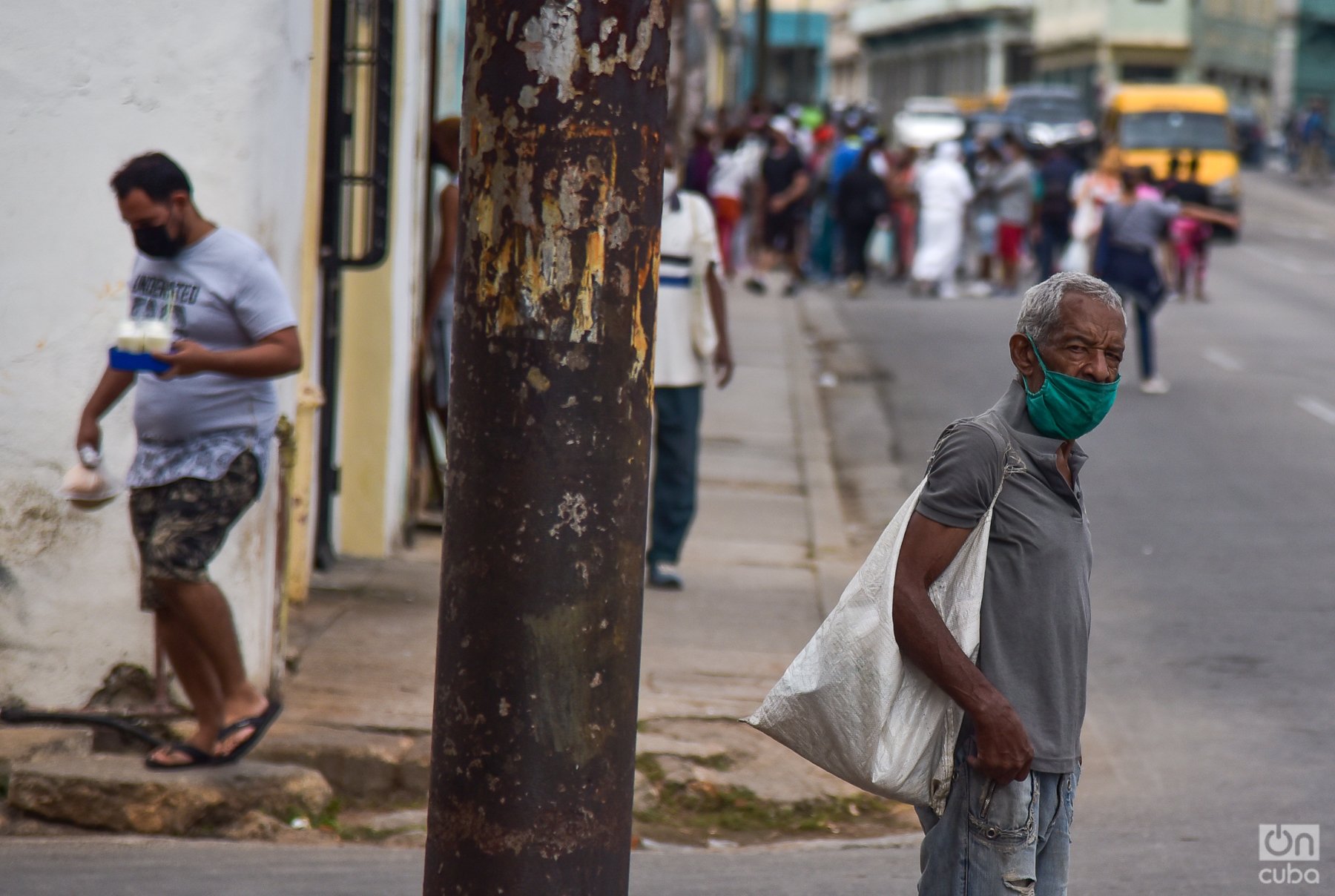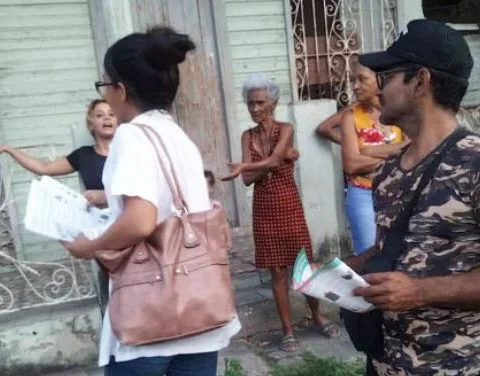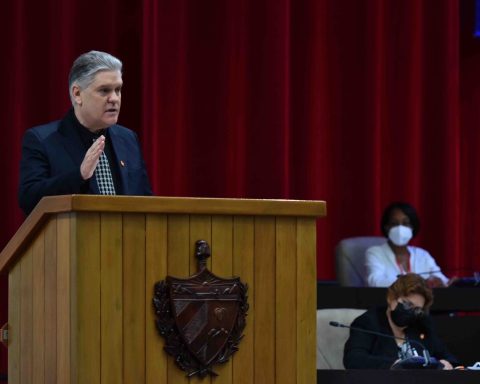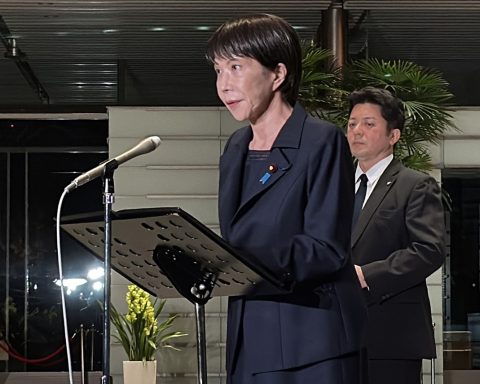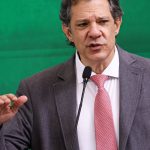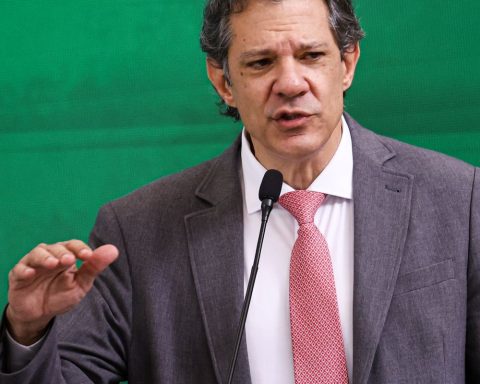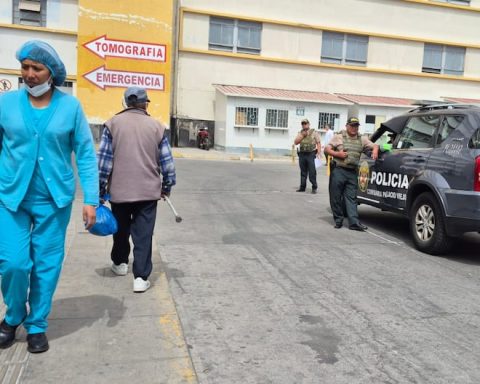The population Cuba has decreased during the last three years, after more than a decade registering zero growth. Diego Enrique González Galván, director of the Center for Population and Development Studies (CEPDE) said at a press conference that this will be the trend in the future for the country, according to a office of the Cuban News Agency (ACN).
The figures up to 2021 reveal that the degree of aging is 21.6%, the birth rate is 8.9 per thousand inhabitants and fertility values reached their lowest number in the last 60 years, the publication underlines.
Cuba closed 2021 with the lowest number of births and the highest number of deaths in 60 years
González Galbán highlighted that the COVID-19 pandemic influenced many of the demographic indicators, such as the abrupt growth in deaths and the decrease in the birth rate, which for the first time in Cuba did not reach 100,000 infants. For every thousand inhabitants we lost six people throughout the year 2021, a decrease that occurred evenly in all territories, he stressed.
At the end of March of the current year, the preliminary population was 11 million 105 thousand 814 inhabitants, with a life expectancy of 78.45 years. According to the expert, the Cuban government created for this reason the Governmental Commission for Attention to Demographic Dynamics and the Population Agingwhich seeks to stimulate fertility.
It also has as a priority the care of the growing population over 60 years of age, as well as promoting their participation in the economic, political and social tasks of the country. It is a matter of incorporating people who are fit to work in the economic activity, because although the unemployment rates are not high, the source points out, there is a significant number of people of working age who are unemployed.
González Galbán, quoted by the ACN, pointed out that the Island exhibits high levels of life expectancy, as well as a structure of causes of death where degenerative diseases associated with old age predominate.
On internal and external migration, the manager stated that the intention is to reduce these movements to avoid depopulation in some municipalities of the country and in rural areas where the population is mostly aged. They also work on the application of policies to facilitate the participation in the socioeconomic development processes in the country of people of Cuban origin residing abroad, highlights the report.
For his part, Juan Carlos Alfonso Fraga, deputy head of the National Office of Statistics and Information (ONEI)offered details on the organizational work for the realization of the next Census Population and Housing in Cuba, scheduled for this year, according to reports the same source.
In this way, they work on updating the census cartography, lifting the previous registry and designing the necessary computer applications. They plan to carry out the census test in the municipality of Santa Cruz del Norte, in the province of Mayabeque.
#July 11 World Population Day. Demographic indicators of the Cuban population are updated ??? at a press conference. pic.twitter.com/cgLtZEPkH6
— National Office of Statistics and Information Cuba (@CubaONEI) July 11, 2022
The specialist explained that it is a complex process in which around 100,000 people work, based on a questionnaire that must be carried out under specific standards, there is the purpose of carrying out this procedure digitally, with the use of mobile devices data capture (tablets), reports the medium.
For the acquisition of these resources, the ONEI receives support from international collaboration agencies, such as the United Nations Population Fund, the United Nations Children’s Fund (UNICEF) and the European Unionsaid the specialist.
The Population and Housing Census is the main source of sociodemographic data, as well as the most complex statistical research carried out at the national level.
